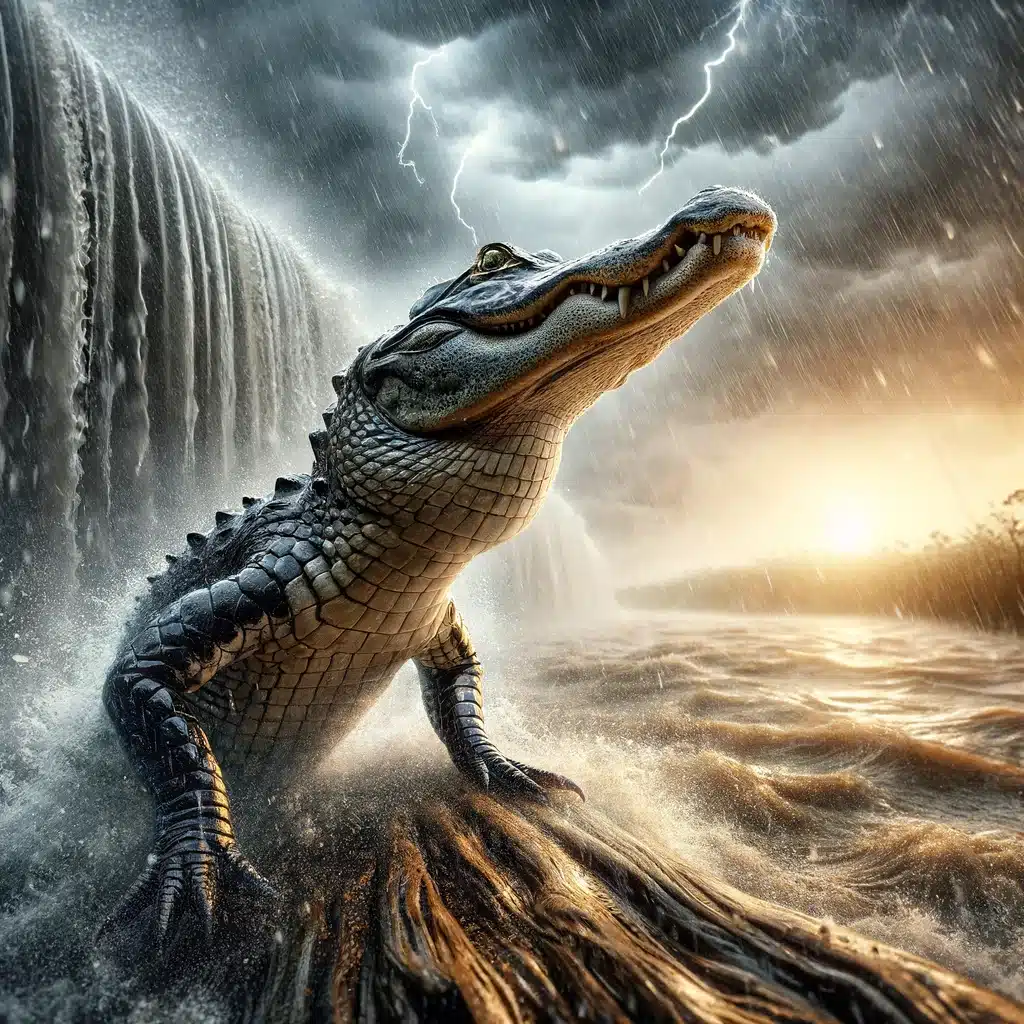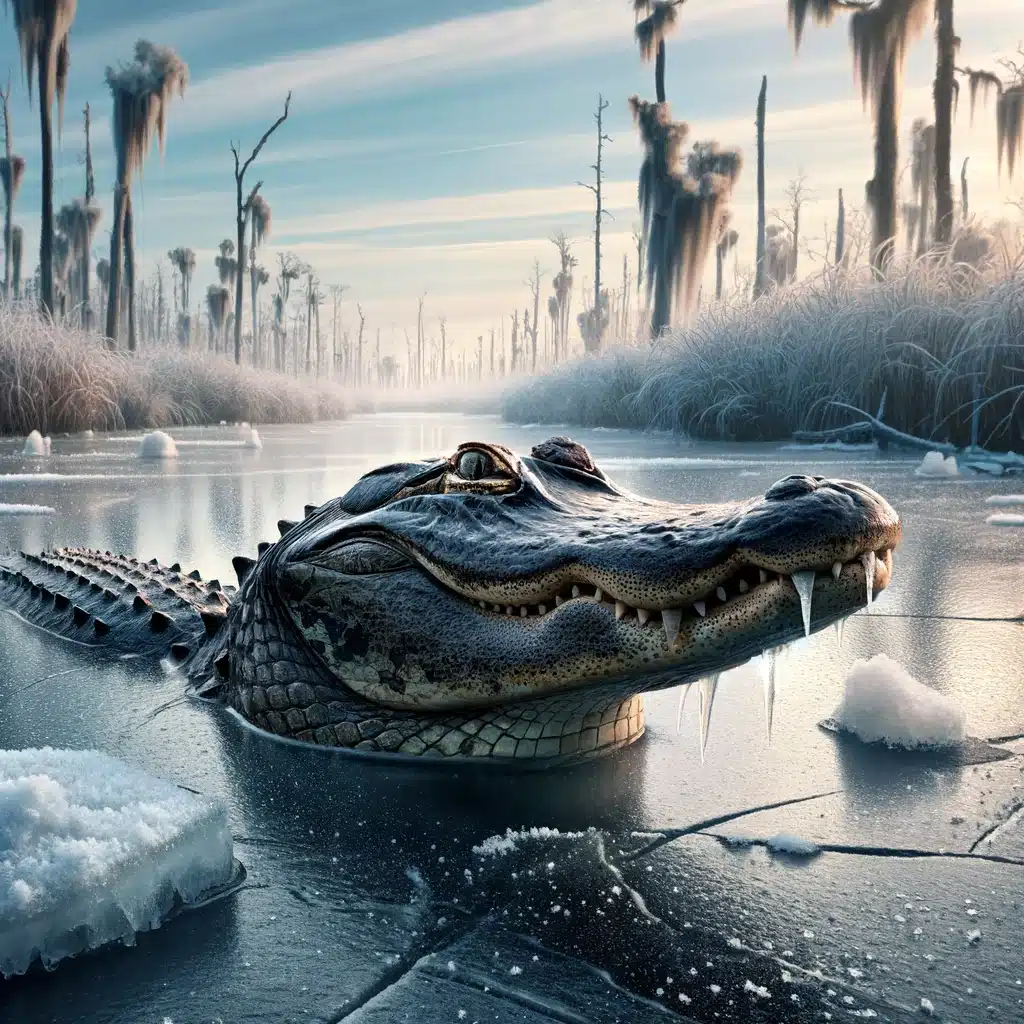Introduction to Alligator Adaptations
Alligators are often associated with the warm, swampy waters of the southern United States, but what happens when these environments face the harsh, freezing conditions of winter? Remarkably, alligators have developed unique adaptations to survive in freezing waters, a testament to their resilience and evolutionary prowess.
The Brumation Process

The key to their survival lies in a process called brumation. Brumation is akin to hibernation in mammals, but it’s specifically adapted for cold-blooded reptiles. As temperatures plummet, alligators enter a state of dormancy, significantly slowing down their metabolism. This physiological change is crucial for their survival, as it reduces their energy requirements at a time when food is scarce.
During brumation, alligators will often find a burrow or a cozy spot in the mud where they can stay insulated from the colder temperatures. They are able to slow their breathing and heart rate, conserving energy and minimizing their need for food. This state of minimal activity can last for several weeks or even months, depending on the severity and duration of the cold weather.
The “Ice Survival” Technique

One of the most fascinating aspects of alligator survival in cold weather is their ability to survive in frozen-over bodies of water. When their aquatic habitats start to freeze, alligators employ a remarkable survival tactic. They keep their snouts above the ice surface while the rest of their body remains submerged. This behavior, often captured in stunning photographs, allows them to continue breathing even as the water around them turns to ice.
This survival technique is a perfect example of evolutionary adaptation. The alligators’ nostrils are located on the top of their snouts, enabling them to breathe efficiently in this semi-frozen state. As ectothermic (cold-blooded) animals, they can endure lower body temperatures and reduced oxygen consumption, which is essential for their survival in these conditions.
Post-Brumation Recovery

As the winter season wanes and temperatures begin to rise, alligators gradually come out of brumation. This transition is critical as their body functions return to normal. They begin to actively seek food to replenish their energy reserves. The recovery period is as crucial as the brumation itself, ensuring that the alligator returns to its optimal physical condition.
Conclusion: The Resilience of Alligators

The alligator’s ability to survive freezing cold waters in US winters is a remarkable display of adaptation and resilience. These ancient reptiles, having existed for millions of years, continue to thrive even in conditions that are far from ideal. Their survival strategies during the winter months are a compelling example of nature’s ingenuity, offering insights into the incredible adaptability of wildlife.
Up next:
Watch the most amazing Alligator Bellow Ever
White Leucistic Alligator Born At Florida Reptile Park
Join our Forum for free today!

- The Kleptomaniac Cat That Rules Houston - July 20, 2024
- Elephant Makes a Lifelong Friend at Sanctuary in Tennessee - July 14, 2024
- Evidence For World’s Oldest Fossilized Forest Discovered in New York - July 11, 2024

